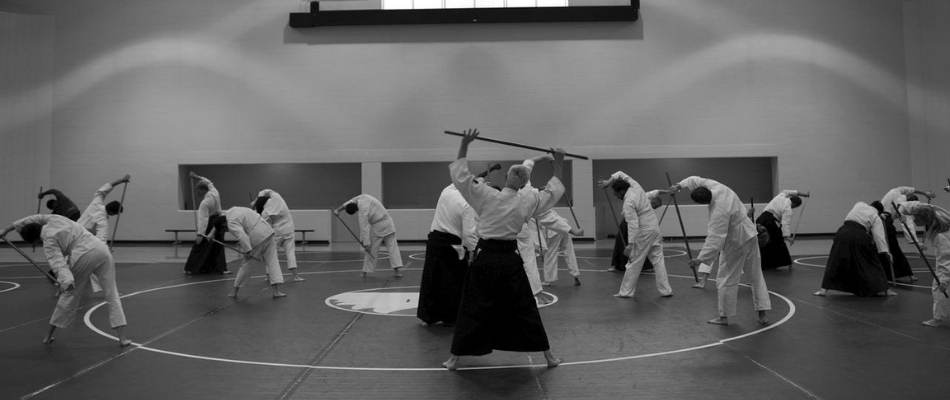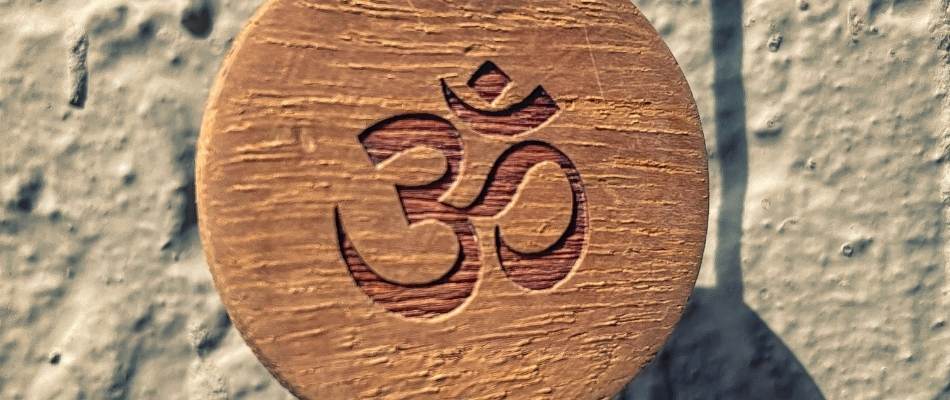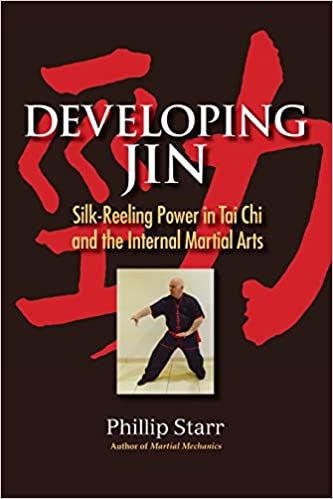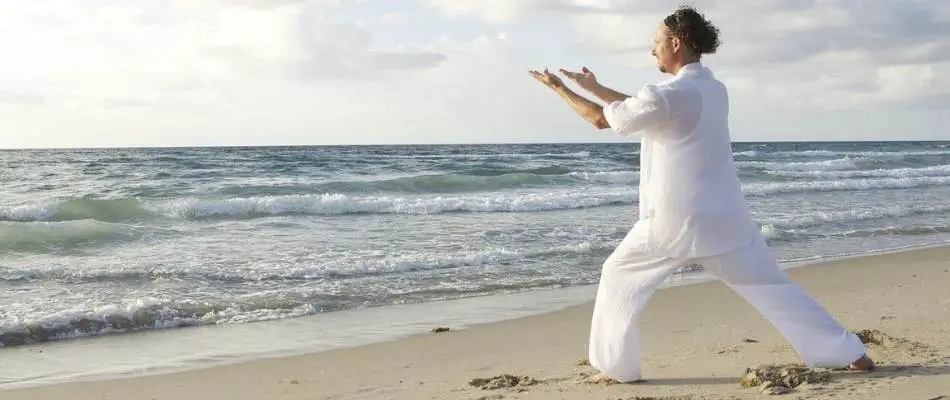Since the 1960s forward, there has been an explosion of information and teachings available in the West on the Chinese internal martial arts. Knowledge that used to be kept secret or only shared with family members is now taught openly. Books with illustrations and poetically written instructions are being translated and explained. And now all of us can improve our mental and physical health from the centuries-old medical knowledge embedded in the movements of the forms.
The internal martial arts or nei jia quan (內家拳) are Chinese martial arts that improve both health and fighting by training correct body mechanics, alignment, mental focus, and breathing in order to build and circle internal energy (Qi). The main styles include tai chi, xingyiquan, and baguazhang.
As the usefulness of the martial arts for fighting and self-defense has given way to more popular sports like MMA, sharing of the valuable health knowledge of the internal styles has ensured that these arts continue to spread globally. And not just spread, but grow in popularity. As the general health of the world declines and as the population of the world ages, there is extreme interest on how to maintain health, strength, and mental acuity at every age along the way.
Understanding the Essence of Internal Martial Arts
Nei jia quan is most commonly referred to just as neijia. It is the family of internal martial arts or practices that develop the internal sensitivity and focus on the energy (Qi) that gives us life. Specific to neijia is learning that this energy exists, sensing it, and building it. This energy, when taken to a higher level can be used to heal or defend yourself from others.
Internal martial arts training combines relaxation techniques, breathing techniques, and increased awareness and intention so that qi can be cultivated. This is accomplished by meditation, standing practices, or moving patterns that use softness and leverage over muscular tension. Some argue that trying to define a difference between internal arts and exercises (neigong) and external (waigong) is actually a false distinction. Instead, we are all inherently using internal energy and muscular force and are working to become more balanced and knowledgeable about both.

Defining Which Are Internal and External Martial Arts
It is difficult to paint two broad categories for martial arts, those that are external and those that are internal. When looked at from the perspective of a master, grand master, or high degree black belt, most systems incorporate both internal and external martial arts training at the higher levels. Yes, there are arts who have removed any martial components and on the other end of the spectrum, arts that only fight.
Even in these cases the martial stances are retained in the internal-only camps because they are also the stances that produce the greatest energy flow. And a great example of fighters developing internal skills is Rick Gracie of BJJ fame openly discussing his meditative breath training.
There are three more points that add to the confusion between internal vs external martial arts. Many styles that were long considered external are revealing their “secret” training practices which by and large are the essence of internal martial arts. This makes a lot of sense because the same training that taught fighting could also be used for healing. Secondly, the lineage of some arts is just lost. However, they have references in manuals or drawing that hint at internal training. Thirdly, even some of the hardest martial arts have separate qigong practice. So even though it is not present in their forms, isn’t it still an internal art?
What separates internal vs external martial arts as it is defined today has to do with:
Differences Between Internal Martial Arts Vs External
| Internal Martial Arts | External Martial Arts |
|---|---|
| Body alignment and posture | Fitness, athletic movements |
| Focus on teaching principles | Focus on teaching techniques |
| Relaxed breathing, slow, soft, low, and even | Supported breathing and forced breathing associated with exercise |
| Whole body integration | Holding tension in specific muscles |
| Structure alignment and connection to ground for strength | Muscular strength |
| Relaxed core | Tight core |
| Relaxed chest | Inflated chest |
| Body and breath system alleviates strain on heart | Heart works hard |
| Intention guides energy to force and power | Force and power are instantaneous |
The Predominant Internal Martial Arts Styles
I need to begin with a disclaimer so I don’t anger some practitioners who feel their art is an internal martial art style even though I am not mentioning it here. As said above, there are many martial arts that could conceivably be internal martial arts depending on the focus of the practitioner or how experienced they are. Many Karate and Aikido practitioners would defend their practices as Japanese internal martial arts but most of these enthusiasts start out completely external and move into the internal training at higher levels. Aikido is an internal martial art at some schools who focus on internal development and mental focus from day one. So deciding if an art like Aikido is a martial art has to take into context the training.
Conversely, there are three primary Chinese martial arts whose training is completely geared toward internal development. These include: Baguazhang (八卦掌), Xingyiquan (形意拳), and Taijiquan (太極). Truth be told, these are just three from a long list of internal martial arts such as Liu He Ba Fa and Yi Quan. Most of the other internal arts have a much smaller number of practitioners.

The Three Internal Martial Arts That Are Most Practiced Globally
Baguazhang (八卦掌), Xingyiquan (形意拳), and Taijiquan (太極) have millions of practitioners collectively and hundreds of years of development. You can click each of the links below to read in depth essays about each of these martial arts, their histories, and most import figures. Here I want to discuss how they are identifiably different internal martial arts styles and then talk about what they share.
Thinking in terms of the shapes present in the Bagua and Yin Yang symbols, Bagua would be the circle, Xingyi the lines, and tai chi the squares and angles.
Xingyiquan
Xingyiquan is notable for its linear movements and explosive attacks. The body is made soft and flexible throughout the forms to allow for internal energy to develop, build and move freely throughout the body. Then, at the point of attack, the body stiffens and transmits that energy into a strike, kick, or attack with singular focus. Reeds or trees are often used as an analogy where a straight branch is soft, pliable, and yielding at one end but strong and hard at the other.
Xingyi is the most offensive fighting art of the three. There is great focus on forward and backwards attacks that have incredible momentum because the attacks are in straight lines.
Taijiquan
Tai chi forms focus their training on developing internal energy all the way down to the root level of the internal organs and marrow of the bones. The physical body is a fire, caldron, and steam rising used to explain the creation, building, and connection or use of internal strength. The body remains relaxed throughout the form. Rather than being explosive and linear like Xingyi, tai chi’s energy is more like a whip whose energy has been forced out in one direction and manifests its power on the way back.
The fighting style of tai chi requires close=in or midrange attacks and works more with the energy developed by the opponent rather than offensive attacks.
Baguazhang
Right in the middle between the two, the internal energy of Baguazhang is not extremely hard and not extremely soft. The stepping and fighting applications are all circular. It is also more of a blend of defensive and offensive movements that neutralize or stick to an opponent’s force but also attack independently. Because of its extensive walking training, kicks, strikes, throws, and defenses, Bagua is effective at close-in fighting or closing distances.
How is the Essence of Internal Martial Arts Shared Among the Three Main Styles?
These arts are wildly different in their martial training and how their approach to improving health. But their similarities unite them in being internal martial arts. Here is what they share:
All Internal Martial Arts Styles:
- Train the development of the circulation of Qi energy
- Emphasize a peaceful mind
- Have improved health as the number one goal
- Have some relationship to Chinese medicine
- Are grounded in philosophies like the I-Ching, Yin-Yang Theory, Six Harmonies, or the Tao-Te-Ching
- Have standing meditation practices
- Have stepping or walking practices
- Transition from open-hand to weapons forms
- Believe that internal development leads to higher morality and a positive effect on your world around you
Internal Martial Arts Books and Magazine
Most internal martial arts books focus on one of the three main styles specifically. There are a few that are really good reads that focus on the internal martial arts in more general terms and work to describe how it is different than external. I find this to be very valuable because the information can be applied to anyone studying any style.

Developing Jin: Silk-Reeling Power in Tai Chi and the Internal Martial Arts (ad)
The Power of Internal Martial Arts and Chi: Combat and Energy Secrets of Ba Gua, Tai Chi and Hsing-I (ad)
Internal Martial Arts Magazine
There is also an internal martial arts magazine that is online which is a real boon to anyone with interests in this area. They cover the primary internal arts and tons of topics related to the study of neijia. Natural Health and Fitness for Body, Mind, and Spirit


